Project
Gojek Rebrand
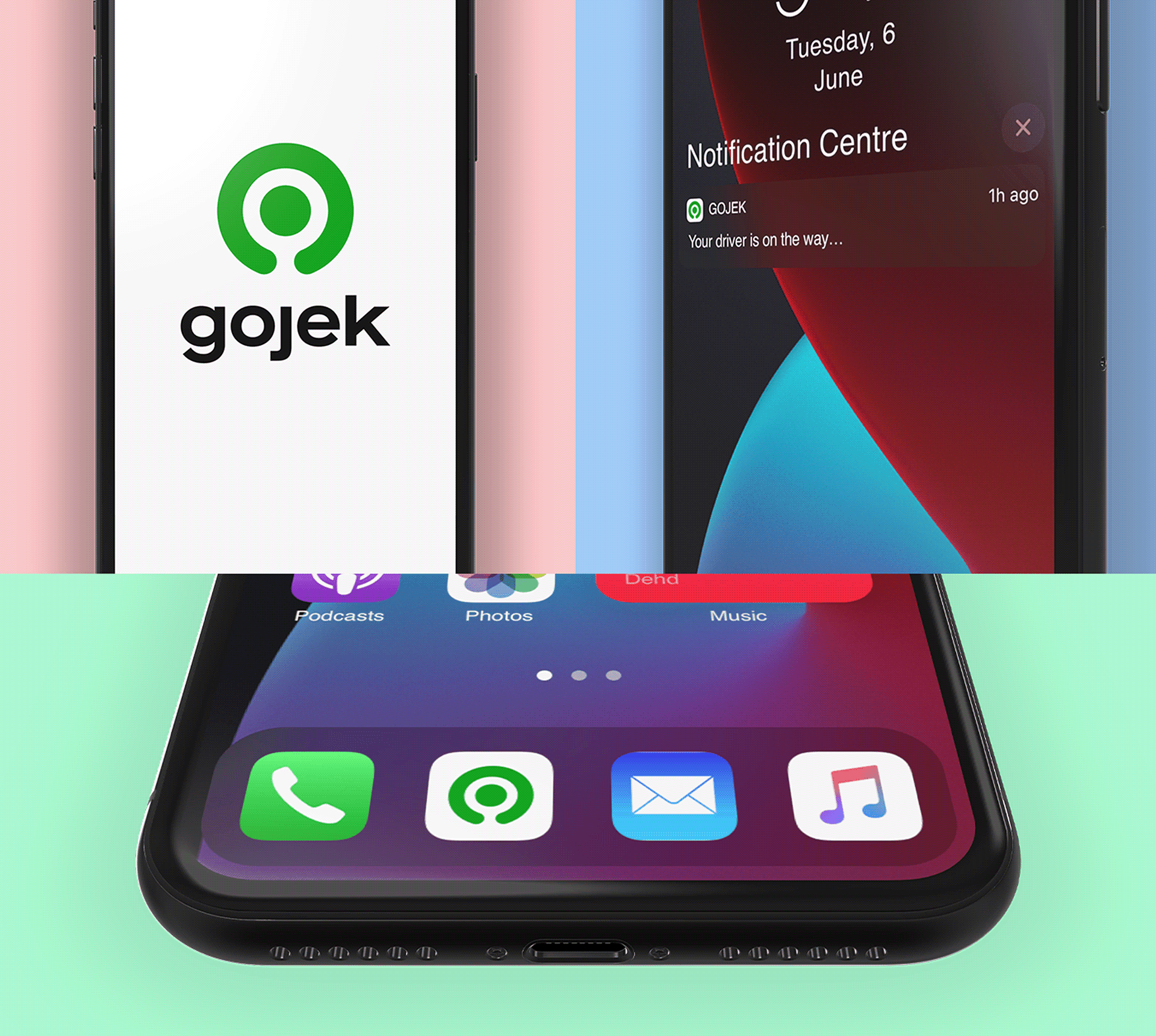
Client:
Gojek
Date:
Jul 22, 2019
Category:
Branding
Transforming Everyday Life in Indonesia: Gojek Rebrand.
As one of the fastest-growing icons in Southeast Asia, Gojek is a super app that solves problems and empowers lives through technology. The rebranding aims to change user perception by updating and evolving into a global on-demand platform. During this process, we encountered various challenges and successfully found solutions for them.
Approach:
We divided the entire process into three main stages: formulating the problem statement, designing and finalizing the solution, and launching and adopting the rebrand. Each stage had multiple groups working to achieve their respective outcomes, and we approached it with different teams working on each stream simultaneously. While formulating the problem statements, we received multiple concerns from different stakeholders, and each one was unique. As a result, the list of problems began to grow.
My Role :
Building the team :
This project was one of the first major initiatives I undertook upon joining Gojek. When I assessed the available resources, I found that we had only two generalist designers on the team, including myself. I had to promptly build a team to tackle this substantial project. During the project period, I hired a complete team of 15 individuals, which eventually evolved into the Gojek Creative Team.
Directing and managing :
Once the team was established, it was essential to ensure clarity regarding how we would approach the problem and define each team member's role. I had to understand the abilities of each team member and assign projects accordingly, providing them with sufficient guidance on how to develop solutions. Ultimately, every team member had to collaborate to reach a consensus. This collaborative effort involved designers, writers, researchers, and marketing professionals
Managing stakeholders :
As it's a brand-level problem statement, almost the entire organization consists of direct stakeholders. Identifying the right DARCI elements (Decision maker, Accountable, Responsible, Consulted, Informed) helped us understand the full spectrum of these contributors. The design team engaged in multiple brainstorming and feedback discussions during the iteration process to develop the most feasible and relatable brand identity
Solution:
The meticulous effort put into designing and conceptualizing the brand identity resulted in a versatile brand system that could be adapted to various circumstances and use cases. The redesign facilitated the company's expansion into the global market and its expansion across Southeast Asia. This system encompasses identity systems, sub-brand identities, product libraries, and marketing guidelines. The team consistently assessed feedback even after the launch and carefully fine-tuned the system to achieve a lasting and memorable presence.

The rebrand has successfully positioned Indonesia's biggest technology company at the forefront of the global market and has garnered awards such as the INTERNATIONAL DESIGN AWARDS (IDA) in 2020.
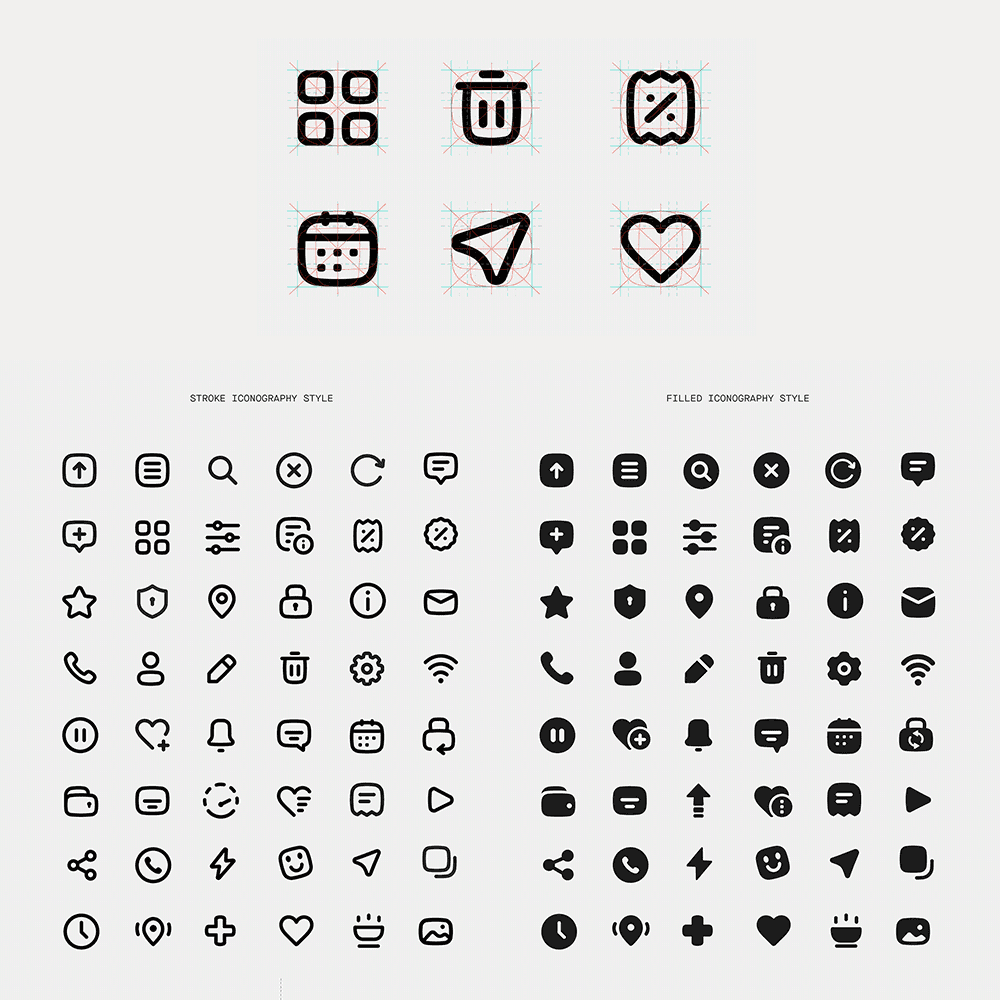
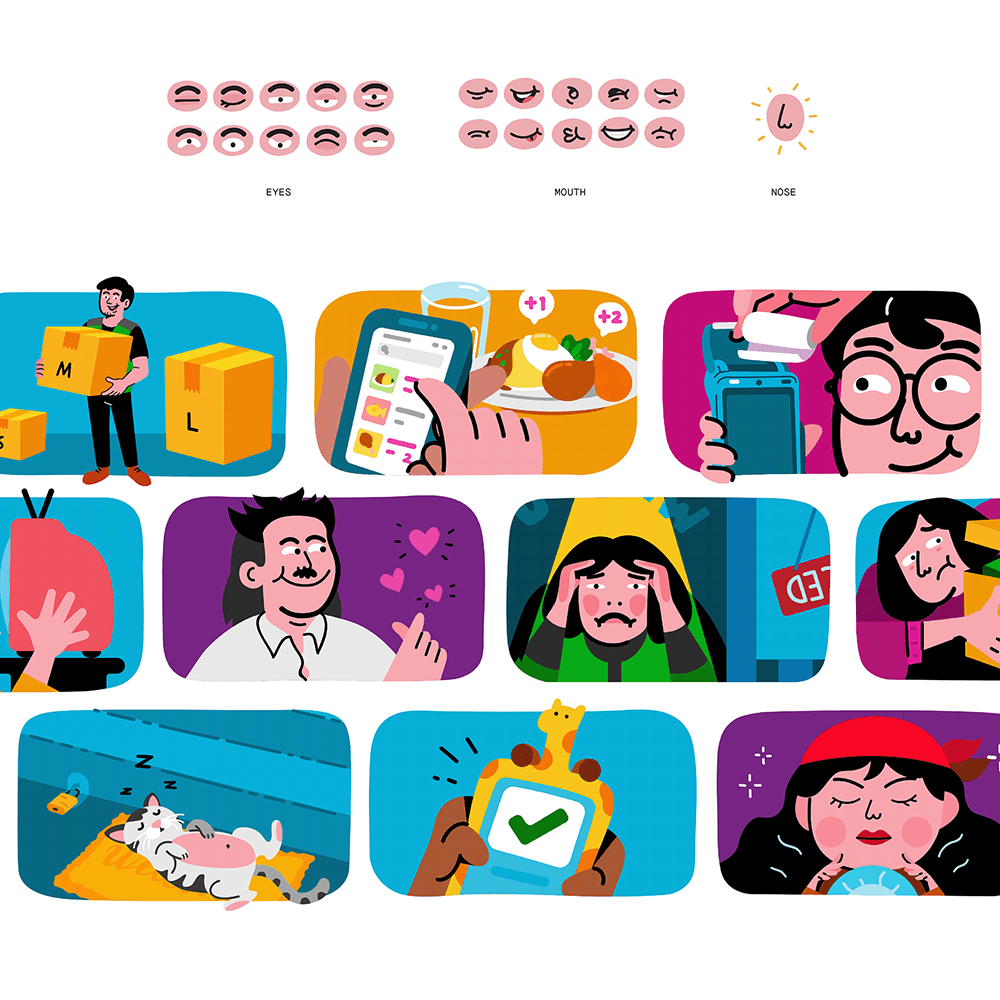
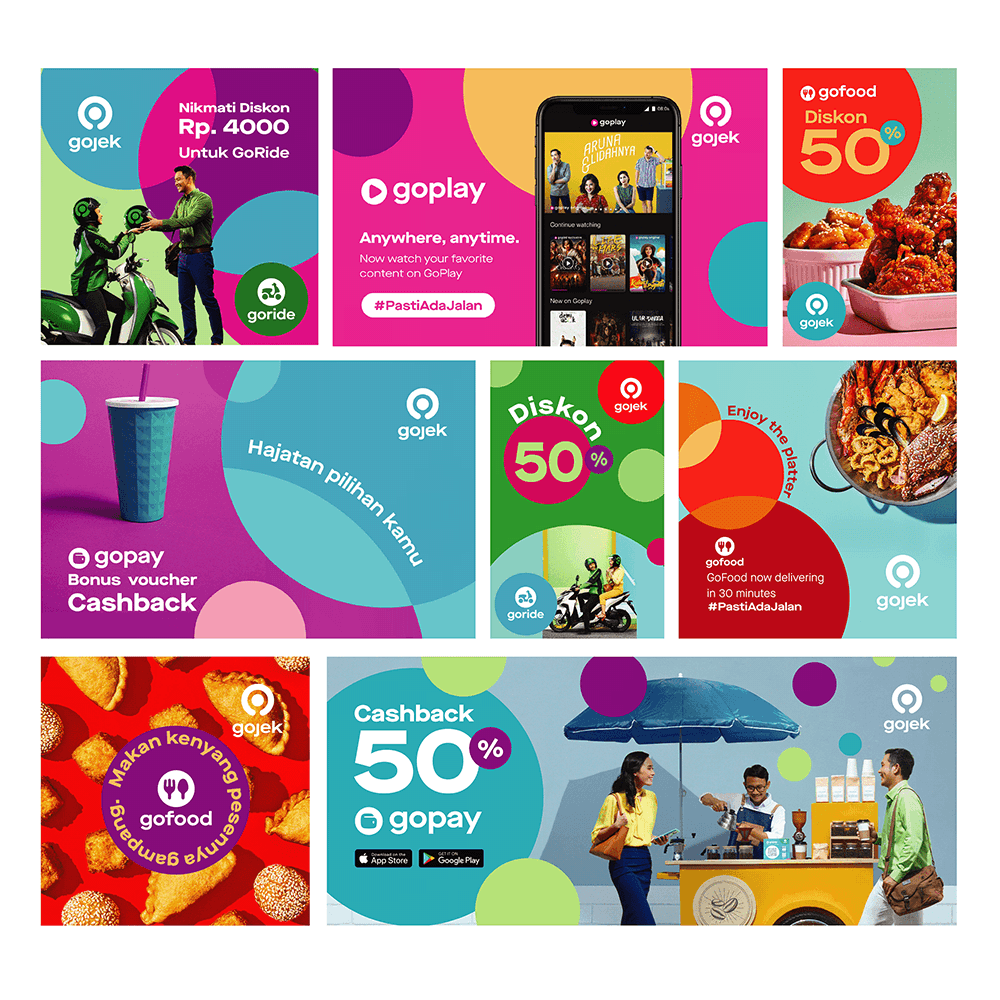
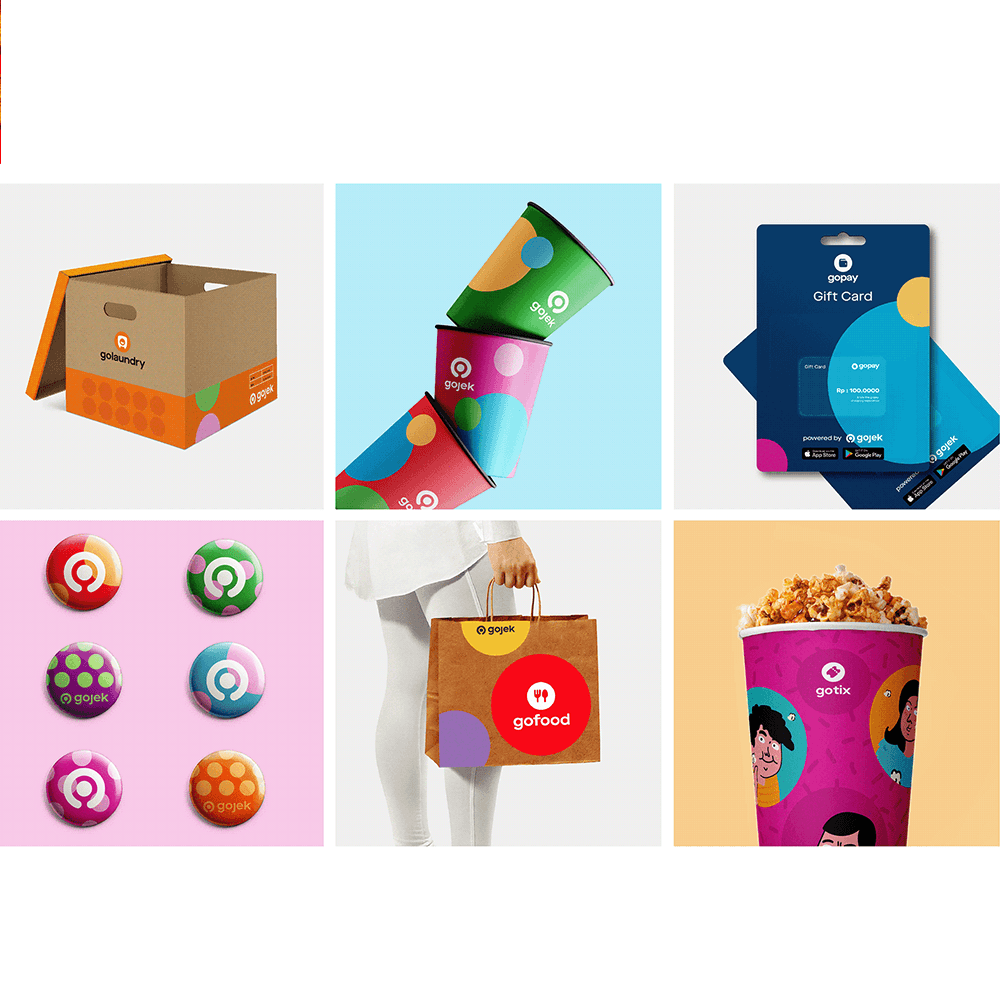

Client:
Gojek
Date:
Jul 22, 2019
Category:
Branding
Transforming Everyday Life in Indonesia: Gojek Rebrand.
As one of the fastest-growing icons in Southeast Asia, Gojek is a super app that solves problems and empowers lives through technology. The rebranding aims to change user perception by updating and evolving into a global on-demand platform. During this process, we encountered various challenges and successfully found solutions for them.
Approach:
We divided the entire process into three main stages: formulating the problem statement, designing and finalizing the solution, and launching and adopting the rebrand. Each stage had multiple groups working to achieve their respective outcomes, and we approached it with different teams working on each stream simultaneously. While formulating the problem statements, we received multiple concerns from different stakeholders, and each one was unique. As a result, the list of problems began to grow.
My Role :
Building the team :
This project was one of the first major initiatives I undertook upon joining Gojek. When I assessed the available resources, I found that we had only two generalist designers on the team, including myself. I had to promptly build a team to tackle this substantial project. During the project period, I hired a complete team of 15 individuals, which eventually evolved into the Gojek Creative Team.
Directing and managing :
Once the team was established, it was essential to ensure clarity regarding how we would approach the problem and define each team member's role. I had to understand the abilities of each team member and assign projects accordingly, providing them with sufficient guidance on how to develop solutions. Ultimately, every team member had to collaborate to reach a consensus. This collaborative effort involved designers, writers, researchers, and marketing professionals
Managing stakeholders :
As it's a brand-level problem statement, almost the entire organization consists of direct stakeholders. Identifying the right DARCI elements (Decision maker, Accountable, Responsible, Consulted, Informed) helped us understand the full spectrum of these contributors. The design team engaged in multiple brainstorming and feedback discussions during the iteration process to develop the most feasible and relatable brand identity
Solution:
The meticulous effort put into designing and conceptualizing the brand identity resulted in a versatile brand system that could be adapted to various circumstances and use cases. The redesign facilitated the company's expansion into the global market and its expansion across Southeast Asia. This system encompasses identity systems, sub-brand identities, product libraries, and marketing guidelines. The team consistently assessed feedback even after the launch and carefully fine-tuned the system to achieve a lasting and memorable presence.

The rebrand has successfully positioned Indonesia's biggest technology company at the forefront of the global market and has garnered awards such as the INTERNATIONAL DESIGN AWARDS (IDA) in 2020.





Client:
Gojek
Date:
Jul 22, 2019
Category:
Branding
Transforming Everyday Life in Indonesia: Gojek Rebrand.
As one of the fastest-growing icons in Southeast Asia, Gojek is a super app that solves problems and empowers lives through technology. The rebranding aims to change user perception by updating and evolving into a global on-demand platform. During this process, we encountered various challenges and successfully found solutions for them.
Approach:
We divided the entire process into three main stages: formulating the problem statement, designing and finalizing the solution, and launching and adopting the rebrand. Each stage had multiple groups working to achieve their respective outcomes, and we approached it with different teams working on each stream simultaneously. While formulating the problem statements, we received multiple concerns from different stakeholders, and each one was unique. As a result, the list of problems began to grow.
My Role :
Building the team :
This project was one of the first major initiatives I undertook upon joining Gojek. When I assessed the available resources, I found that we had only two generalist designers on the team, including myself. I had to promptly build a team to tackle this substantial project. During the project period, I hired a complete team of 15 individuals, which eventually evolved into the Gojek Creative Team.
Directing and managing :
Once the team was established, it was essential to ensure clarity regarding how we would approach the problem and define each team member's role. I had to understand the abilities of each team member and assign projects accordingly, providing them with sufficient guidance on how to develop solutions. Ultimately, every team member had to collaborate to reach a consensus. This collaborative effort involved designers, writers, researchers, and marketing professionals
Managing stakeholders :
As it's a brand-level problem statement, almost the entire organization consists of direct stakeholders. Identifying the right DARCI elements (Decision maker, Accountable, Responsible, Consulted, Informed) helped us understand the full spectrum of these contributors. The design team engaged in multiple brainstorming and feedback discussions during the iteration process to develop the most feasible and relatable brand identity
Solution:
The meticulous effort put into designing and conceptualizing the brand identity resulted in a versatile brand system that could be adapted to various circumstances and use cases. The redesign facilitated the company's expansion into the global market and its expansion across Southeast Asia. This system encompasses identity systems, sub-brand identities, product libraries, and marketing guidelines. The team consistently assessed feedback even after the launch and carefully fine-tuned the system to achieve a lasting and memorable presence.

The rebrand has successfully positioned Indonesia's biggest technology company at the forefront of the global market and has garnered awards such as the INTERNATIONAL DESIGN AWARDS (IDA) in 2020.



